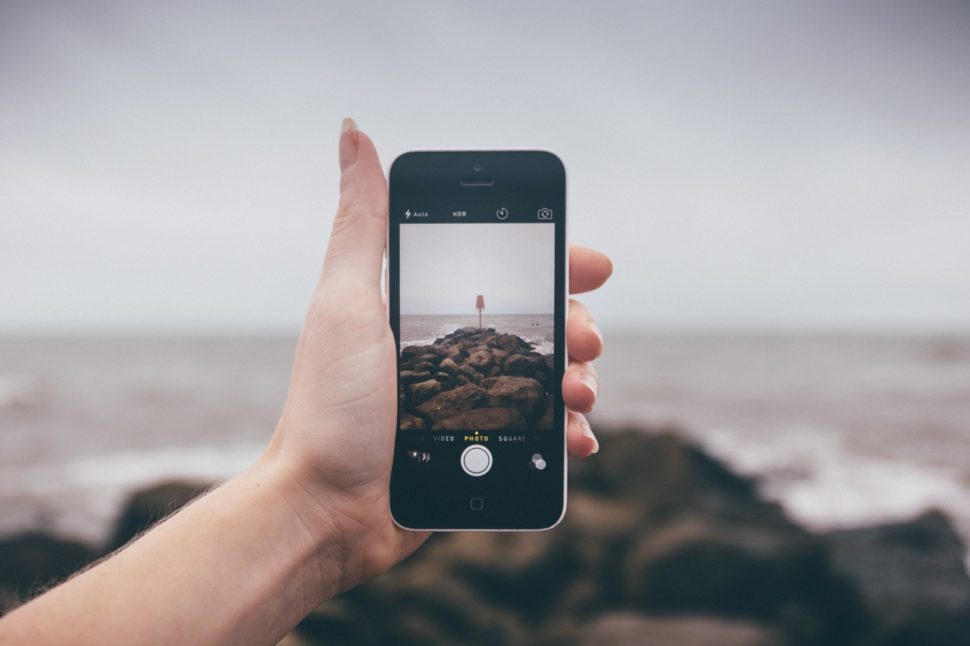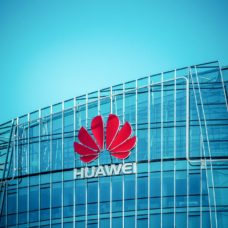You can use current smartphones as multipurpose sensors tied to a network.
Think of it as a network of intelligent devices working together to achieve the same goal. For example, an array of phone cameras can capture a dynamic scene to make a movie.
Similarly, microphone arrays from a smartphone network can capture sound waves. It can also gather more information about not just sound but also direction.
However, combining several smartphones into a network is not nearly as simple as it sounds.
A fundamental task to solve before building a network of smartphones is clock synchronization. All the devices should have the same timeline — up to sub-millisecond for the more challenging tasks.
Unfortunately, modern smartphones lack the interface for hardware clock synchronization. This is especially true in environments where GPS, which can also serve as a global clock, is unavailable.
Besides, all non-atomic clocks slowly but inevitably drifts. So, they have to be resynchronized periodically.
Now, a team of Skoltech researchers has devised a solution. It’s a software-based algorithm for synchronizing time across smartphones used in practical tasks that require simultaneous measurements.
In a statement to the press, a Skoltech Assistant Professor, Gonzalo Ferr said:
“One example is a flash in cameras; with our method, any mobile phone could become part of a professional photography system.”
Here’s how it works.
Synchronizing Time Across Several Smartphones
The researchers developed a clock synchronization method based on micro-electro-mechanical systems (MEMS) gyroscope.
According to the report, the algorithm requires a “twist and sync” to work. That means users that are holding a smartphone only have to twist it a little to compute clock synchronization.
In an experiment with two smartphones, the team managed to capture simultaneous photos. What’s more, the algorithm performed better than existing synchronization software, reaching microseconds-level accuracy.
Skoltech Ph.D. student and a co-author of the paper, Marsel Faizullin explained:
“This accuracy is enough for making a panoramic photo of a football or hockey game with a smartphone rig.”
According to the researcher, an ice hockey puck travels roughly four centimeters in one millisecond and 0.9mm in 20 microseconds. That’s less than a single-pixel field of view of any professional camera.
However, the new software-based algorithm could enable multi-camera synchronization for capturing a hockey game.
For future research, the team is extending the algorithm beyond smartphones. It should include other sensors such as LIDAR, depth cameras, among others.
“We are developing our method in this direction to be more practically useful,” Faizullin says.



















Comments (0)
Most Recent